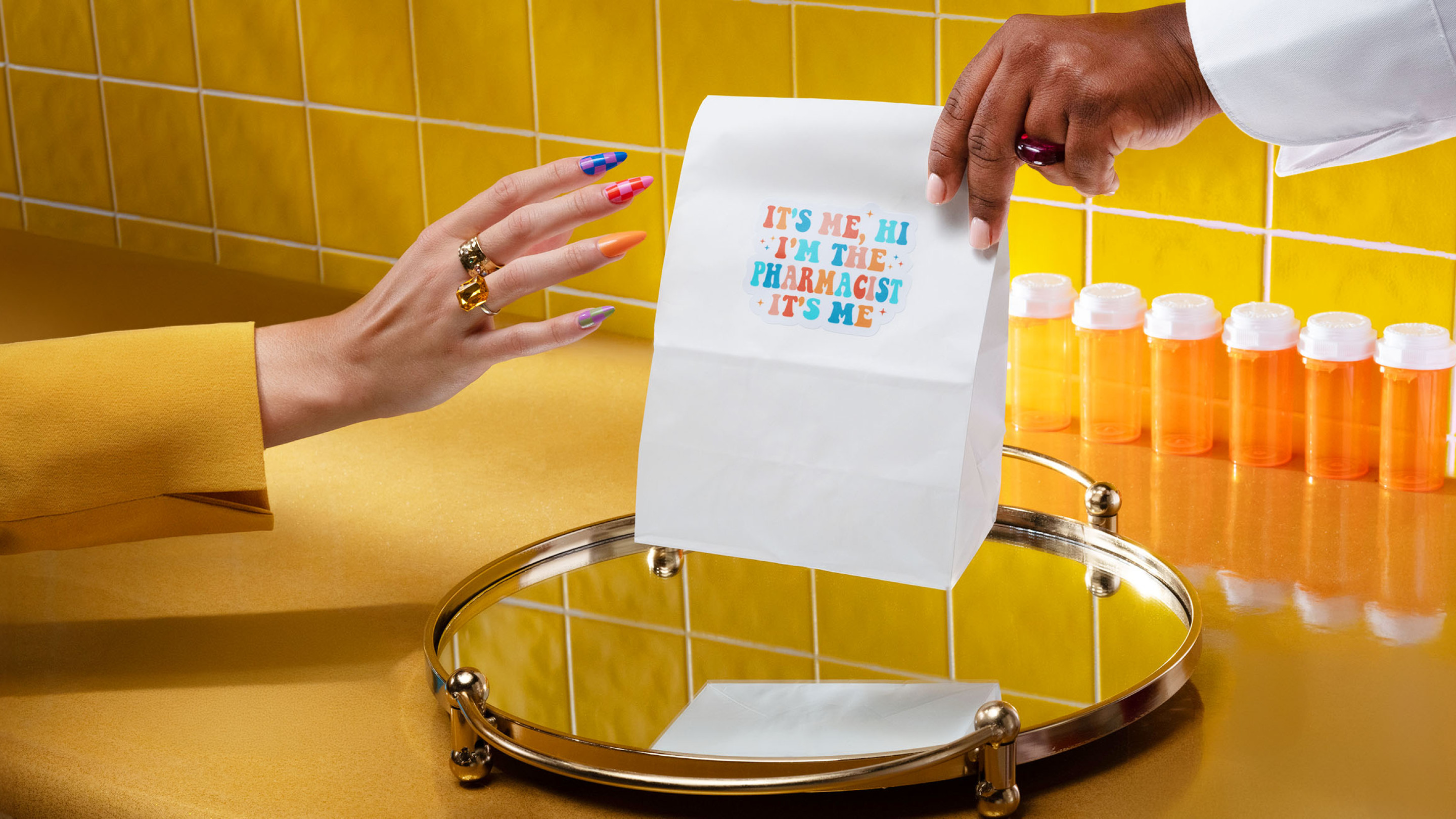
Physician Assistant program
Shape tomorrow’s health today
Transform your passion for healthcare into a fulfilling career. The Physician Assistant program at Sullivan University prepares you to make a profound impact in healthcare. Your journey begins with a year of rigorous coursework and hands-on training, laying a solid foundation for your clinical skills. As you enter your final year, you’ll immerse yourself in diverse clinical settings, gaining invaluable real-world experience. By the end of the program, you’ll be ready to take on the Physician Assistant National Certification Exam with confidence, fully prepared to make a difference in patients’ lives.
Program paths
M.S. Physician Assistant
Teaching focused faculty means more directed learning.
Get real-world ready with clinical experience.
Show what you’ve learned and keep improving with Objective Structured Clinical Examinations.
Earn your degree in 24 months.
Showing 3 of 4
“As a future PA, I stand on the front lines of patient advocacy. I can implement change in communities by partnering with like-minded healthcare professionals.”
Melissa Grimes
PA program
Request information
Complete this form, and an admissions representative will get back to you with more information.
Explore similar programs
Explore
similar programs
The Physician Assistant program is part of Sullivan University’s College of Pharmacy and Health Sciences.
The Accreditation Review Commission on Education for the Physician Assistant (ARC-PA) has granted Accreditation-Continued status to the Sullivan University Physician Assistant Program sponsored by Sullivan University. Accreditation-Continued is an accreditation status granted when a currently accredited program is in compliance with the ARC-PA Standards.
Accreditation remains until the program closes or withdraws from the accreditation process or until accreditation is withdrawn for failure to comply with the Standards. The approximate date for the next validation review of the program by the ARC-PA will be March 2028. The review date is contingent upon continued compliance with the Accreditation Standards and the ARC-PA policy.
© 2025 Sullivan University. All Rights Reserved.

